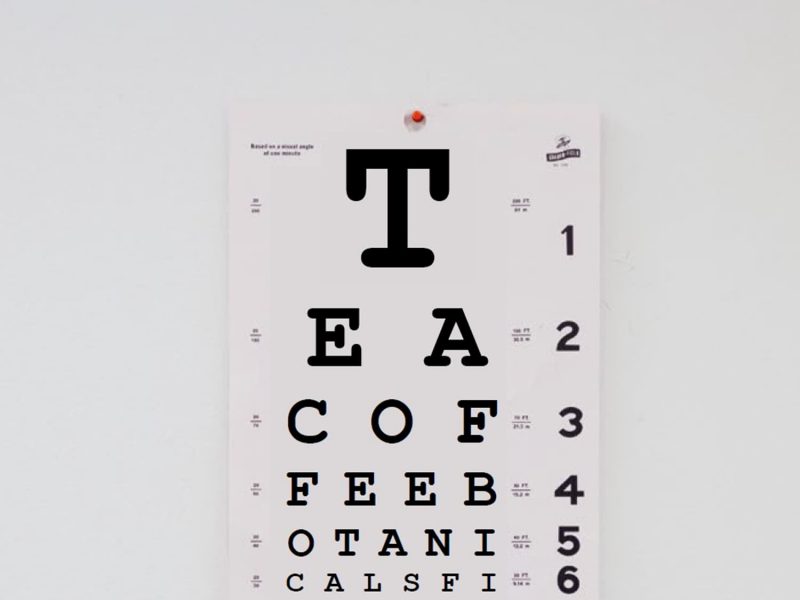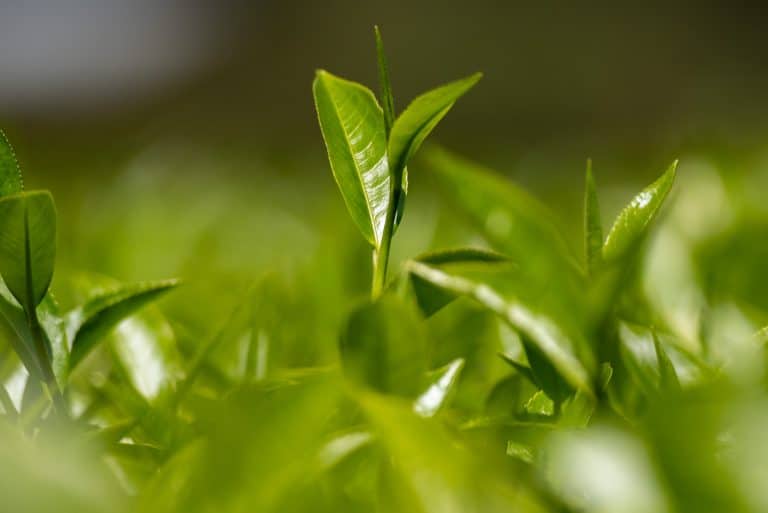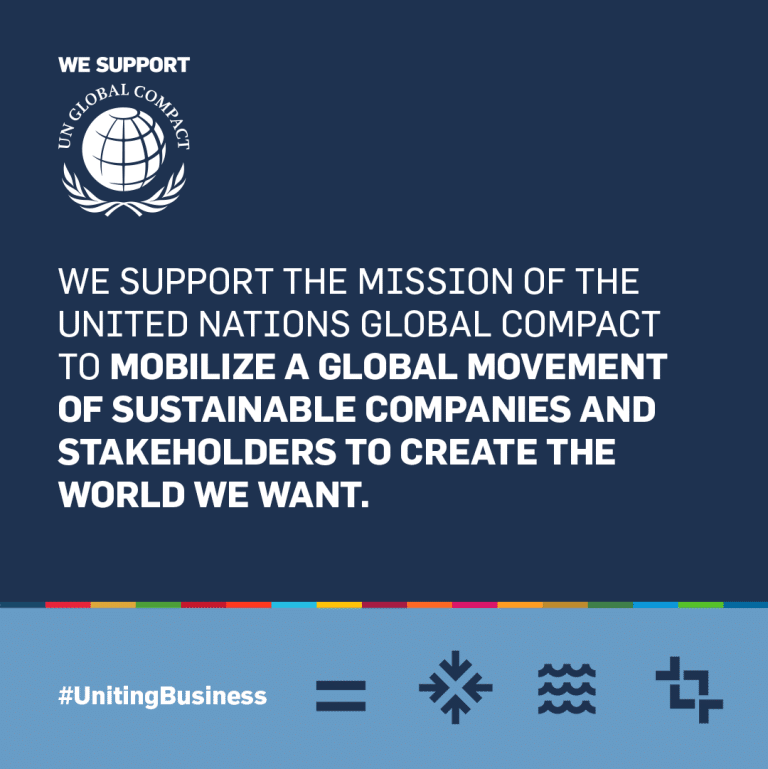By Sian Edwards
In 2020, the world of beverages is changing faster than ever. That can make it hard to know whether each innovation is the real deal or just a flash in the pan.
Long-term mega trends like Health & Wellness, Premiumisation, Sustainability and Experience & Experimentation will continue to influence consumer behaviour well into the 2020s, driving the development of faster-moving and intersecting sub-trends.
Using the latest market analysis, the Finlays Insights Team wanted to offer its take on which beverage trends might just have the staying power to make it through to 2030.
1. Free-from
The trend so far: Dairy-free, meat-free, gluten-free. Whether for health, ethical or environmental reasons, the growth of restrictive diets has been a major feature of the past decade, with oat-milk producer Oatly increasing production some 1250% by 2018 just to keep up with demand.
Where it’s going next: While this trend shows no sign of slowing down, ‘alternative’ products will be increasingly scrutinised for theoretical ethical and environmental credentials, as consumers look to ensure they are making the right swaps and not worsening their impact on the environment.
2. #foodporn
The trend so far: Celebrating its tenth birthday this year, Instagram has amassed over one billion users and developed a major role in driving consumer trends. One major impact has been the growth of ‘instagrammable’ food and beverages with a heightened focus on visuals to promote sharing on social media.
Where it’s going next: As conscious consumers seek to combine ‘likes’ with making ethical and healthy choices, the boom of supremely indulgent ‘freak-shakes’ and doughnut burgers will subside. Replacing it will be Instagrammable dishes with fewer calories and a smaller carbon footprint.
3. An end to single-use packaging?
The trend so far: Plastic bottles, coffee capsules, takeaway cups and straws have all found themselves under fire in recent years, with high-profile environmental campaigns and public pressure motivating brands to act. Where it’s going next: While sales of bottled water are booming (+48% volume globally 2014-2019), this will taper off – driven by concerns around plastic consumption and increasing pressure on water resources. The UN estimates 700 million people worldwide could be displaced by intense water scarcity by 2030. We’ve already seen the emergence of additions for reusable water bottles and this is likely to continue with flavour tablets, functional sachets (in biodegradable seaweed packaging) and ingredient ‘drops’.
4. Traceability 2.0
The trend so far: Traceability and sustainability commitments have become mainstream in the last decade with initiatives such as Country Of Origin Labelling (COOL) – now mandatory in many countries. At the premium end of traceability, single-estate or single origin products have grown in popularity. Where it’s going next: Traceability will develop into mainstream localism as consumers seek to limit food miles. Nearly half (49%) of UK adults now believe their food and drink choices make a difference to the environment. They feel empowered and able to make an impact – so will make purchasing decisions accordingly, for example, by buying only European wine.
5. Hyper-personalisation
The trend so far: Personalisation has become established over the last decade as consumers seek products designed for their individual needs, ranging from health-targeted super teas to genetics/DNA-based diets. Where it’s going next: Growth of technologies such as 3D printing may increase the viability and accessibility of hyper-personalisation. Tea has already been a major focus for health personalisation, and you could argue that 3D-printed tea products are the logical next step.
6. Bio-manufacturing comes of age
The trend so far: ‘Natural’ has been the buzzword of the last decade, with 69% of consumers believing it means healthy. Use of the word ‘natural’ in beverage launches increased 148% between 2010 and 2019. However, increasing consumer demand, global supply chains and manufacturing processes are impacting the viability of many natural ingredients from an availability, cost and environmental perspective.
Where it’s going next: Demand for natural ingredients without the cost (to the consumer and environment) will drive use of ‘bio-manufactured’ ingredients such as synthetic palm oil and ‘bio-vanillin’, both produced through fermentation. The next decade will see a reframing of how we define and produce ‘natural’ ingredients, with wide-ranging impacts throughout the supply chain.
Whether or not these predictions come to pass, one thing remains certain: food and beverage will always be pleasure-driven and good-tasting products will always win out. The highest prize will be for brand owners who manage to combine this with getting ahead of the next decade’s hottest trends.





